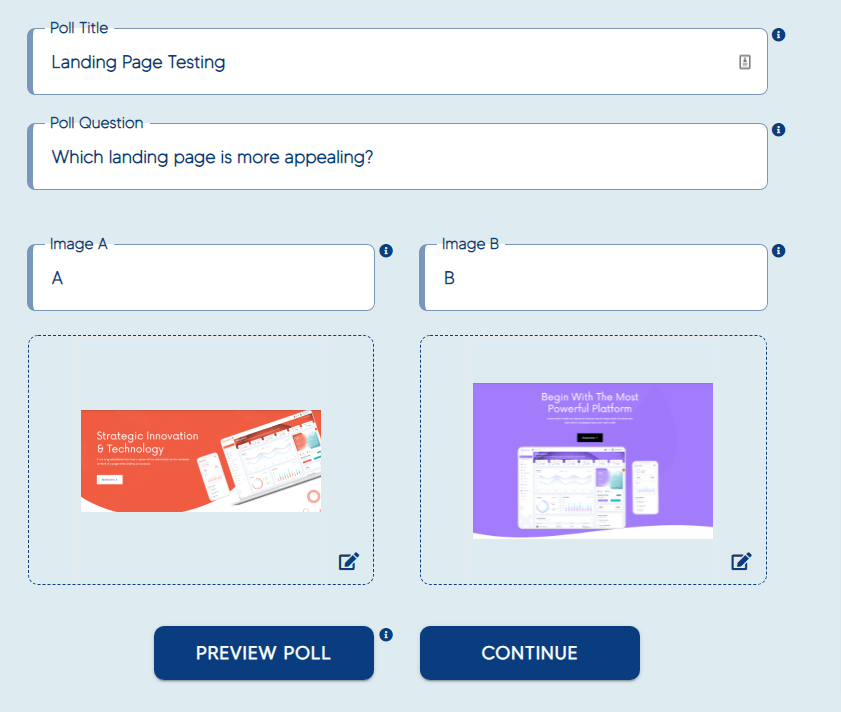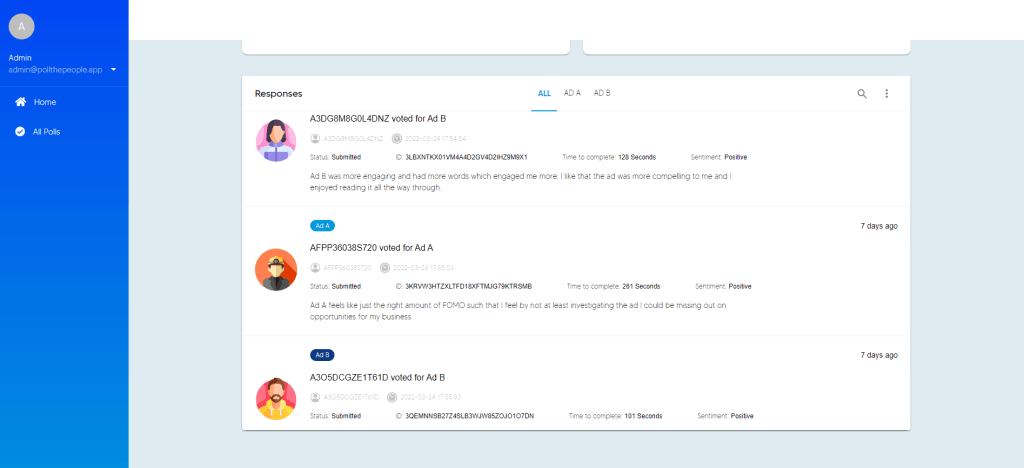
Whether it’s a website, mobile app, product, or something else, user experience (UX) is the basis of an effective product design. When users connect with your company, the purpose of effective UX is to meet the user’s needs.
While it should go without saying that user experience is essential for quality products and services, many businesses are still hesitant about testing their designs. If your UX design connects with your target audience, your product will grow and be optimized for the users.
You can develop a great experience design that organizes all of your content and interactions in a way that is attractive to people by keeping your audience’s feelings in mind. People are more likely to stay on your site and become customers if the UX of your site or app is good.
Through usability A/B testing, there are several best practices and tips that can help you develop the best experiences for customers. Here are our top six experience design recommendations.
1. Don’t Reinvent The Wheel
Taking the time to understand your audience and users is one of the most critical aspects of UX design. Before you start building product experiences, you might be compelled to start by asking, “What exactly will it do?”.
You have a service or product, and you need to know if it’s solving a problem, but there’s no sense if the problem isn’t related to your business. You must have a thorough understanding of the business plan in order to apply it to your customer experience design strategy.
Identify what you can do well and then strive to improve it by creating a positive customer experience; you do not have to modify every part of your business, but you should consider everything your customers see.
2. Keep It Simple
Nobody likes it when a website requires you to jump through hoops get to where you want to go, or when a product is simply too difficult to understand. Businesses that aren’t user-friendly most likely won’t succeed; you need your users to be able to understand exactly what you do and how to use the business without any assistance.
It’s important to note that you want a visitor to your site to perform a specific activity. They will scan the information in order to find what they are looking for. It’s crucial to remember that if people have to go through a maze to locate what they’re looking for, they’re not going to spend their time with your business.

3. Understand Users Needs and Wants
The user has been the focus of much of what we’ve discussed, this is because their experience is what will make or break your business. Successful companies and marketers pay attention to what their customers have to say, and you should as well. If you don’t, you’ll be missing out on great opportunities for improvement.
Before you implement any experience design, you must have a thorough grasp of what your target audience requires and desires from your company. You may greatly improve your UX by listening to consumer feedback and implementing relevant changes.
If designers make user-centricity a priority in their app and web development processes, they will be able to create better apps and websites.

4. Make it Easy To Navigate
You’ve lost a client and a sale if someone visits your website and can’t access what they’re looking for, despite the fact that it’s available. As a solution, you need to make your navigation logical and simple.
It’s necessary to keep the experience design basic as navigation goes a long way toward creating effective experiences. When designing a website, for example, you must make certain elements stand out.
Make the most important information the first thing you see when you open the website. Users don’t want to waste time trying to figure out what they’re supposed to be reading. When people open your page, make sure the most relevant and interesting content is immediately there.
Different areas of your website, the placements of various content, and links to the company’s social media or other essential pages can assist your users to get the most out of their experience. Removing barriers to create a smooth experience is beneficial to both your users and your business.
5. CTA’s Need to Stand Out
To keep things consistent, you should plan what the user will do step by step.
Your call-to-action (CTA) must be clear and recognizable. They must also be attractive and clearly state what the user will receive. “Sign Up Free” or “Check Out Here” for example, are great examples of CTAs that tell the user exactly what the next step is.
Another issue to think about is dead-end pages, which are pages that don’t lead anywhere. When at all possible, you should prevent such situations throughout the user journey. Every page on your website should have a call to action and must lead somewhere.
6. Think of Flow First
In terms of design, flow occurs when a user moves smoothly from one aspect of a website or mobile app to the other in order to attain the desired goal. Make sure that the users can complete their major objectives quickly and easily, without having to wait for your website to load.
Users’ perceptions may be influenced by the loading speed, long waits, and smoothness of popup animations. The speed with which your website loads is also important, if it is slow a significant number of people will look for alternatives.
To obtain a solid sense of how the experience design should be set up, think through what the user will do step by step and work accordingly.
Conclusion
Making your UX design work for both your users and your platform is the foundation of great experience design. If a user is unable to locate what they’re looking for your website holds no value.
As business owners, we should strive to create straightforward interfaces and interactions. These UX design ideas will assist you in identifying the crucial features that will make your design resonate with your target audience and allow you and the users to engage effectively.
With usability testing templates, a dedicated user panel, and easy-to-understand data dashboards, Poll the People is the best platform to test your experiences. Traditional testing platforms are more expensive and take longer to complete. Now that you know some of the best tips for testing sign up for Poll the People and optimize your experiences.
- How To Retain SEO Ranking After A Redesign - February 22, 2023
- Ultimate Guide: How to Write Brand Names - February 17, 2023
- 10 Best Practices for Using Video in Your Email Marketing Campaigns - February 8, 2023





Cloudi5 Technologies
The article is excellent and well-informed. The way to explain is simply amazing. Thank you for sharing this content.
Jobin Reddy
The tips were well-written and easy to follow, even for someone with limited design experience. I appreciated the emphasis on understanding the user’s perspective and testing and iterating to continually improve the design. Overall, I found this article to be a useful tool for anyone looking to create a better user experience.Funders